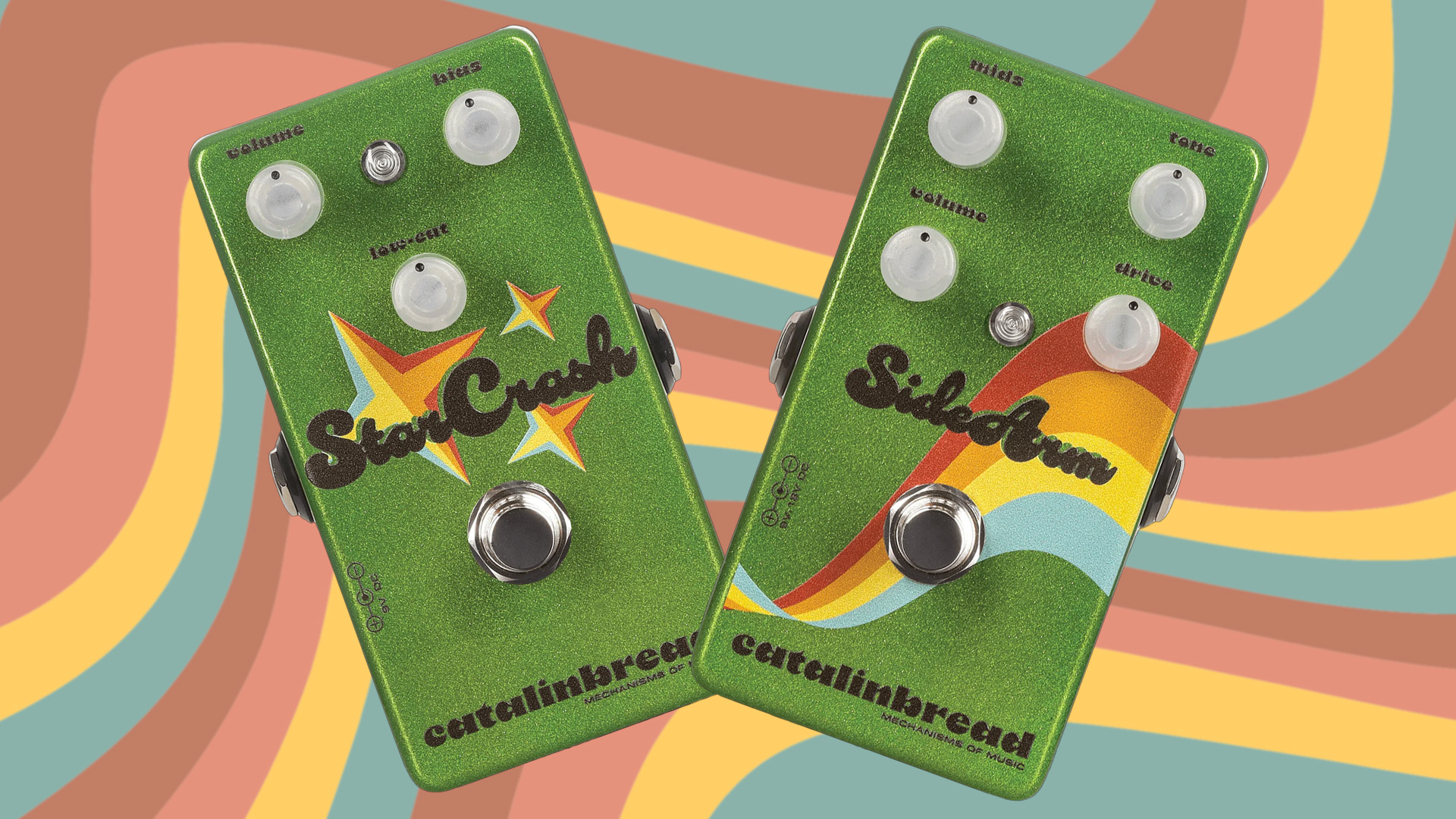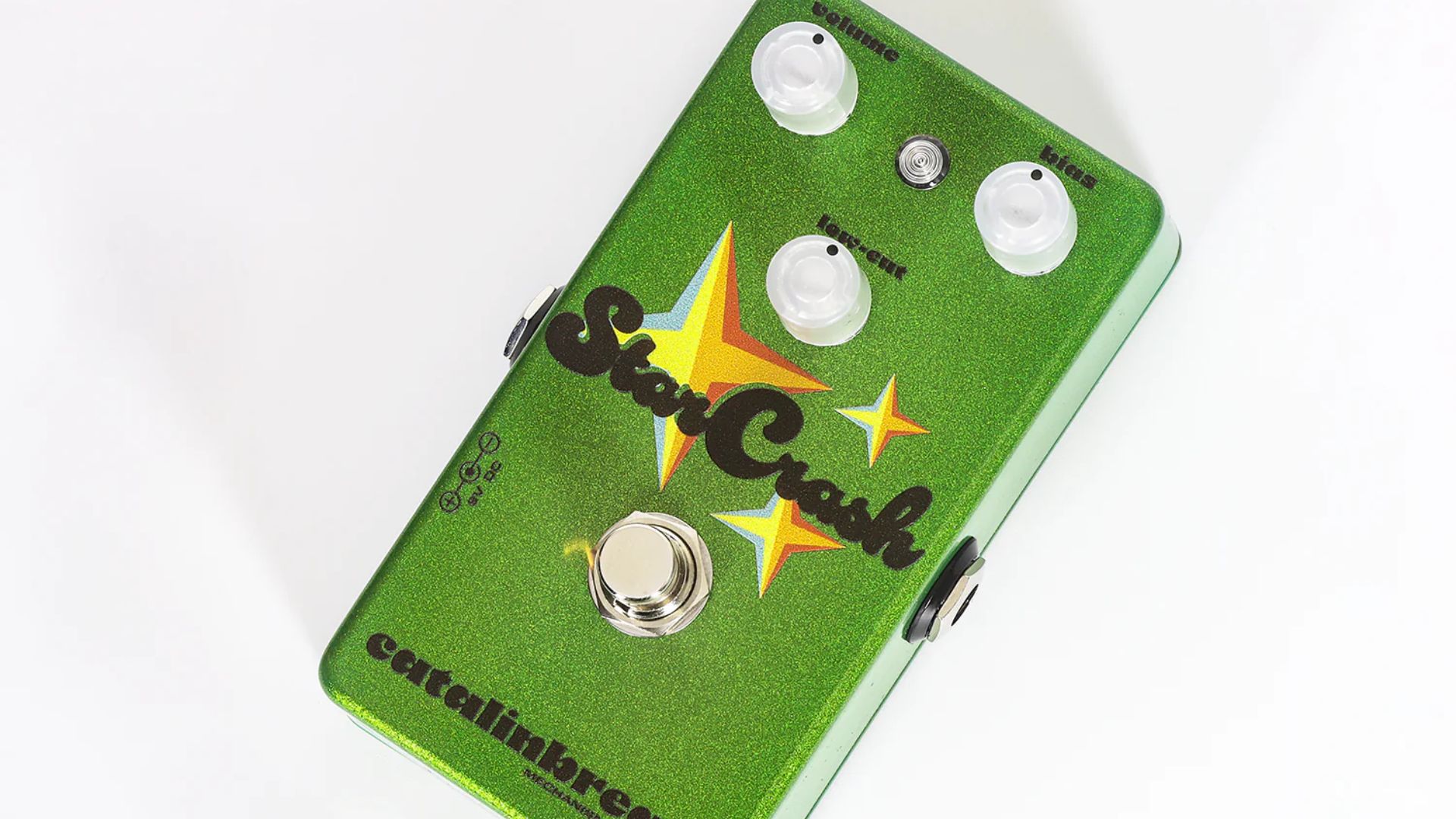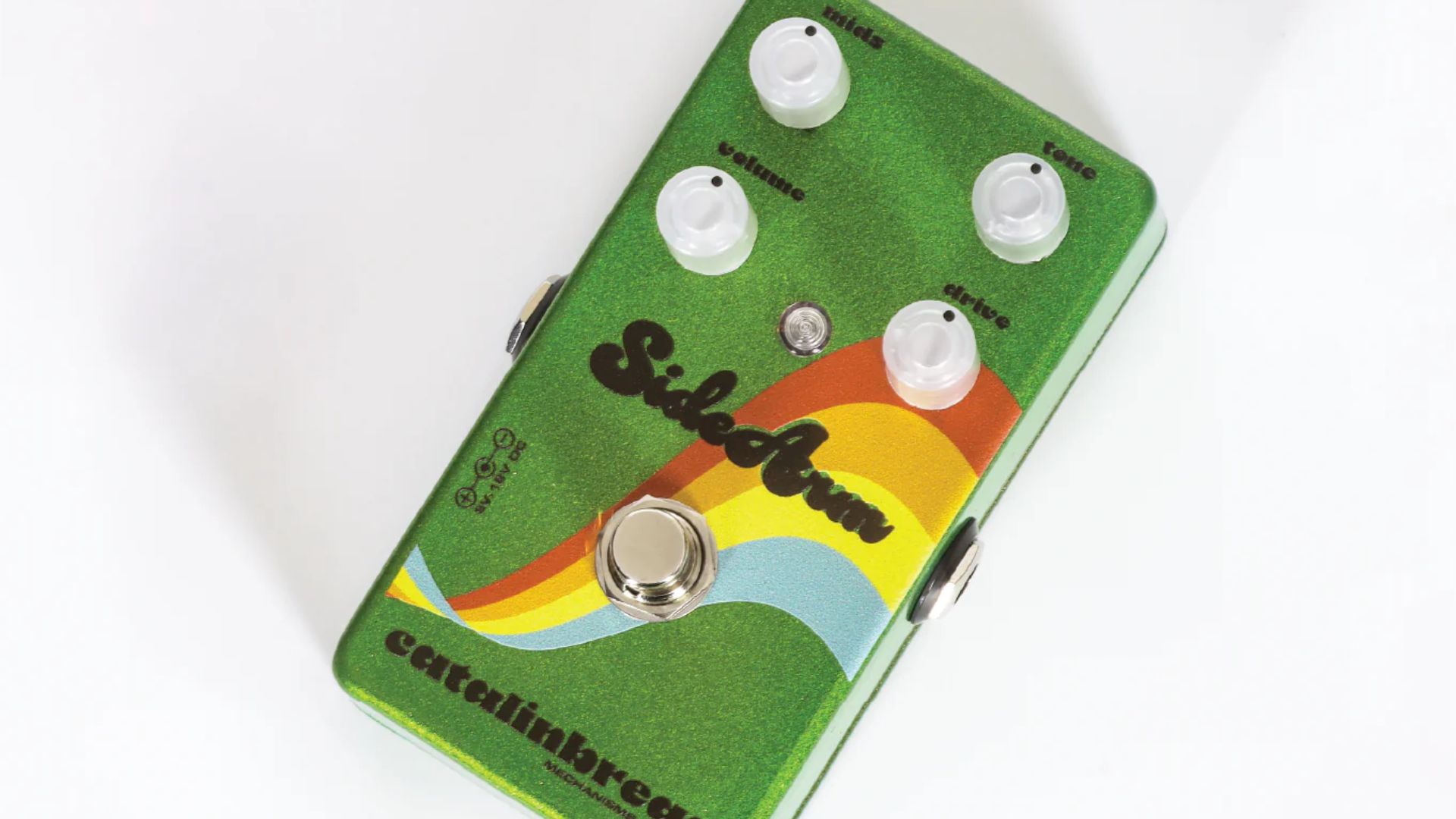“Whichever type of rock you associate with the ‘70s, the StarCrash Collection has you covered”: Catalinbread's StarCrash Fuzz and SideArm Overdrive give olden-era gain tones a fresh twist
The pedals look to bring the tried-and-trusted tones of the '70s' most famed high-gain effects into the modern era

The ‘70s were a golden era for guitar sounds, and now Catalinbread is looking to honor that decade's trailblazing high-gain tones with two new easy-to-use pedals.
The StarCrash Fuzz and SideArm Overdrive round out its StarCrash collection, which also includes the Valcoder amp-in-a-box, and the Tone Bender-MkII-meets-ProCo Rat unit, the Katzenkönig.
In operation, the StarCrash Fuzz channels the essence of the ever-adored, silicon-style Fuzz Face, with the SideArm serving as Catalinbread's take on Ibanez’s infamous ‘green scream’ Tube Screamer.
“Introducing the StarCrash '70s Collection, where we invite you to bring your vintage tonal dreams into the present from the time when the majority of rock ‘n’ roll’s most iconic and sought-after tones were forged, the 1970s,” the firm writes.
“Whichever type of rock you associate with the ‘70s, the StarCrash '70s Collection has you covered no matter what.”
The StarCrash Fuzz offers three control knobs for faff-free fuzz dialing and is said to be “very sensitive” to the guitar’s volume knob, making it ideal for front-of-chain placement. Its Low-Cut reduces the fuzz’s fat, while a Bias control takes players between sludgy and gated tones.
For detail-minded readers, the dial engages a high-pass filter that cuts at ~30Hz (minimum) and ~500Hz (maximum), with a 3dB cut per octave. Its impact is most noticeable beyond noon, turning it before that threshold “just cuts out subharmonic mud”.
All the latest guitar news, interviews, lessons, reviews, deals and more, direct to your inbox!
Essentially, the dial allows players to starve – or stuff – the pedal’s voltage, giving versatile controls of the pedal’s gain characteristics. At its lowest, it adds subtle flecks of fuzz to a crisp, clean sound, but crank it clockwise and it’ll evolve into a sputtering beast that's hairier than Big Foot.
At noon, players will find a more classic Fuzz Face-esque tone.
Noticeably, there is no Fuzz control itself, with the guitar’s volume knob meant to do all the heavy lifting. The lower the guitar’s volume, the cleaner and tighter the sound promises to be. Roll it up to 11, though, and its in-built aggression is unshackled.

The SideArm’s secret weapon, meanwhile, is its “innovative” EQ. There are Volume and Drive controls for tweaking the output and gain levels in a traditional Tube Screamer sense.
A seesaw-style Tone control is also in place. Turning it up cuts lows and add highs, while turning it down creates the opposite effect.

The Mids control is where it veers down a new path. It centers around 720Hz for a dash of vintage Tube Screamer magic. However, a “hump frequency” that sits at 1KHz leaves room for the EQ to impact the overall tone so players can boost or scoop to their heart’s content as it vies to be much more than a simple clone.
The pedals are priced at $149 each.
Head to Catalinbread for more information on the far-out collection.
A freelance writer with a penchant for music that gets weird, Phil is a regular contributor to Prog, Guitar World, and Total Guitar magazines and is especially keen on shining a light on unknown artists. Outside of the journalism realm, you can find him writing angular riffs in progressive metal band, Prognosis, in which he slings an 8-string Strandberg Boden Original, churning that low string through a variety of tunings. He's also a published author and is currently penning his debut novel which chucks fantasy, mythology and humanity into a great big melting pot.


